What is Network Effect? This economic principle describes how a product or service gains additional value as more people use it, creating a self-reinforcing cycle of growth and increased utility. The telecommunications industry exemplified this concept when early telephone networks demonstrated that each new user made the service more valuable for existing participants.
Types and Mechanisms of Network Effects
Network effects manifest through several distinct patterns. Direct network effects occur when increased participation directly enhances value, as seen in social media platforms where more users create more connections and content. Indirect network effects emerge when complementary products or services enhance the core offering – app developers creating more applications for popular operating systems demonstrate this pattern.
Two-sided network effects appear in marketplace platforms connecting distinct user groups. Payment networks like Visa showcase this dynamic: more merchants accepting the card attract more cardholders, while more cardholders incentivize merchant adoption. Local network effects concentrate value within specific user clusters, as demonstrated by neighborhood-focused apps where proximity determines utility.
Quantifying Network Effects
Research indicates network effects often follow Metcalfe’s Law, which states that a network’s value grows proportionally to the square of its user count. However, empirical studies reveal variations in this relationship across different contexts:
- Social networks show diminishing returns after reaching certain thresholds
- B2B platforms experience stepped growth patterns tied to industry adoption
- Developer platforms exhibit exponential value growth during critical periods
Case Studies in Network Effect Implementation
Microsoft Windows established dominant market position through strong indirect network effects. The operating system attracted software developers, creating a vast ecosystem of applications that made Windows increasingly valuable to users. This self-reinforcing cycle generated substantial competitive advantages.
LinkedIn leveraged professional network effects by creating distinct value propositions for different user segments. Recruiters gained access to talent pools, while professionals found career opportunities. This multi-sided approach generated cross-group benefits that strengthened the platform’s position.
Uber demonstrates how network effects can vary by geography. Dense urban areas experience stronger network effects due to shorter wait times and higher driver utilability. This pattern influenced expansion strategies, prioritizing markets where network effects could establish quickly.
Measuring Network Effect Strength
Organizations assess network effect strength through specific metrics:
- Engagement Depth: User interaction frequency and duration
- Cross-Side Conversion: Rate of users engaging across platform sides
- Retention Cohort Analysis: User persistence across time periods
- Network Density: Connections per user within the network
- Value Creation Metrics: Economic activity generated per user
These measurements help organizations optimize their network effect strategies and identify growth opportunities.
Competitive Implications
Network effects create significant competitive advantages through several mechanisms:
- Switching Costs: Users face increased friction when leaving established networks
- Data Network Effects: Accumulated user data improves service quality
- Scale Economies: Larger networks often operate more efficiently
- Market Position: Strong networks attract partnership opportunities
Research indicates that companies with strong network effects maintain competitive advantages longer than those relying on other moats.
Implementation Strategies
Successful network effect implementation requires systematic approaches:
- Critical Mass Strategy
- Focus resources on key market segments
- Create high initial value propositions
- Reduce early adoption barriers
- Platform Design
- Optimize interaction mechanisms
- Build scalable infrastructure
- Enable value creation opportunities
- Growth Tactics
- Identify and activate growth loops
- Reduce friction in user acquisition
- Enhance retention mechanisms
Technical Considerations
Building products with strong network effects requires specific technical capabilities:
- Scalable Architecture
- Network Analysis
- User behavior tracking
- Connection pattern analysis
- Value flow measurement
- Performance Optimization
- Response time management
- Resource utilization
- Capacity planning

Global Market Applications
Network effects manifest differently across global markets:
- Developed Markets
- Higher digital adoption rates
- Established user behaviors
- Complex competitive landscapes
- Emerging Markets
- Rapid mobile adoption
- Unique local needs
- Infrastructure challenges
- Regional Variations
- Cultural preferences
- Regulatory environments
- Economic conditions
Economic Impact Analysis
Research demonstrates substantial economic impacts from network effects:
- Market Structure
- Industry concentration trends
- Competition dynamics
- Innovation patterns
- Value Distribution
- Stakeholder benefits
- Market power effects
- Economic surplus creation
- Growth Patterns
- Adoption curves
- Value scaling
- Market development
What is Network Effect? This fundamental principle shapes modern digital economies by creating self-reinforcing value systems. Evidence shows that successful implementation of network effects requires careful attention to technical architecture, user behavior patterns, and market dynamics. Organizations that effectively harness these mechanisms often achieve sustained competitive advantages and superior economic outcomes.
The evidence presents clear patterns: network effects remain central to digital platform success, requiring systematic approaches to implementation and measurement. Continued research advances understanding of how these mechanisms operate across different contexts and conditions.


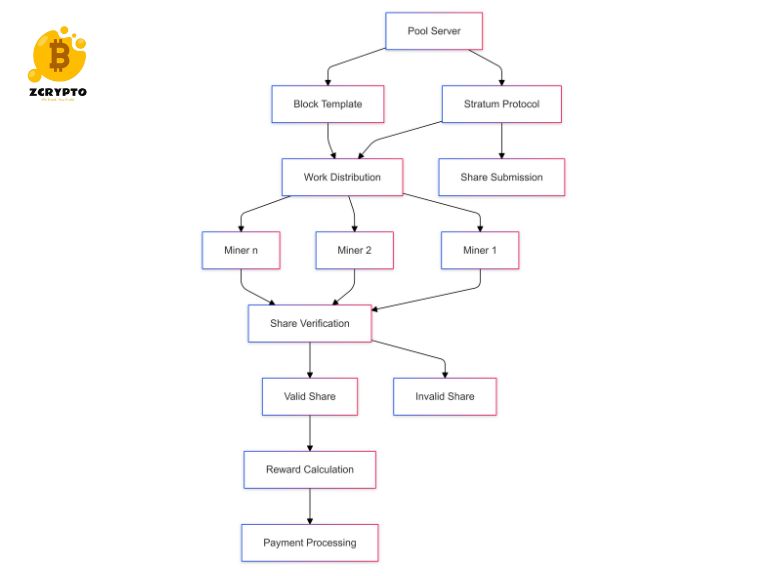
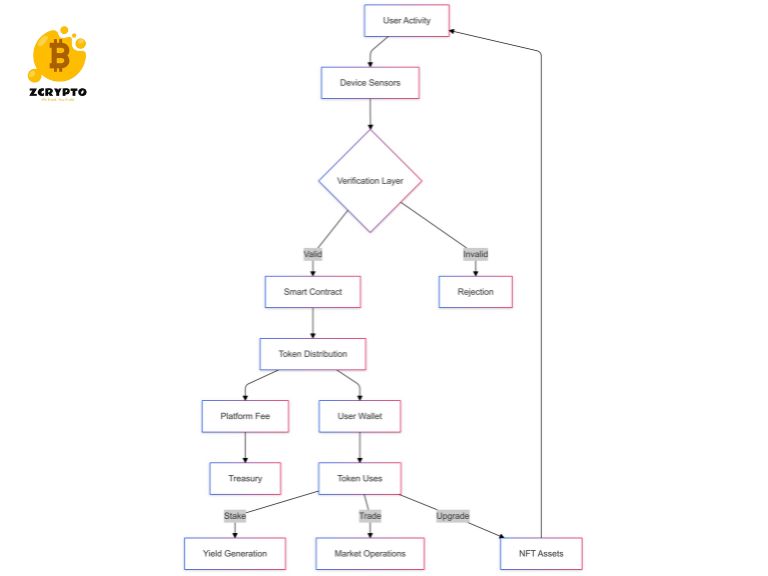
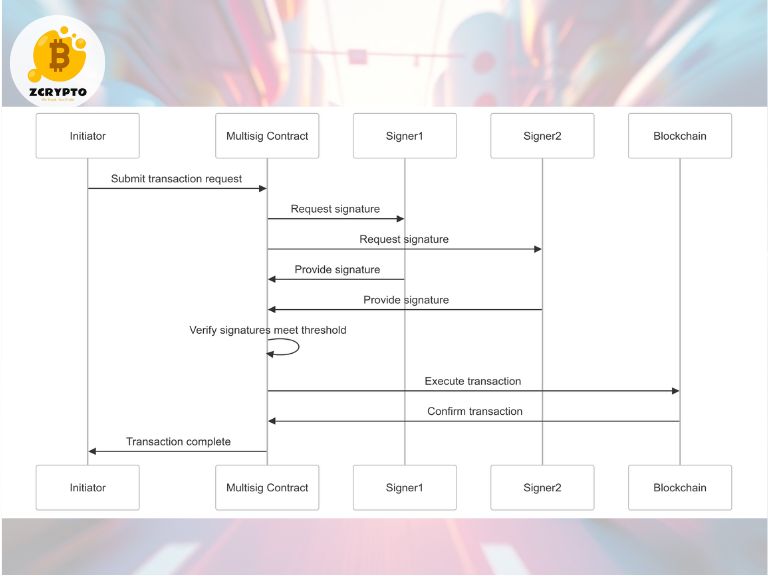
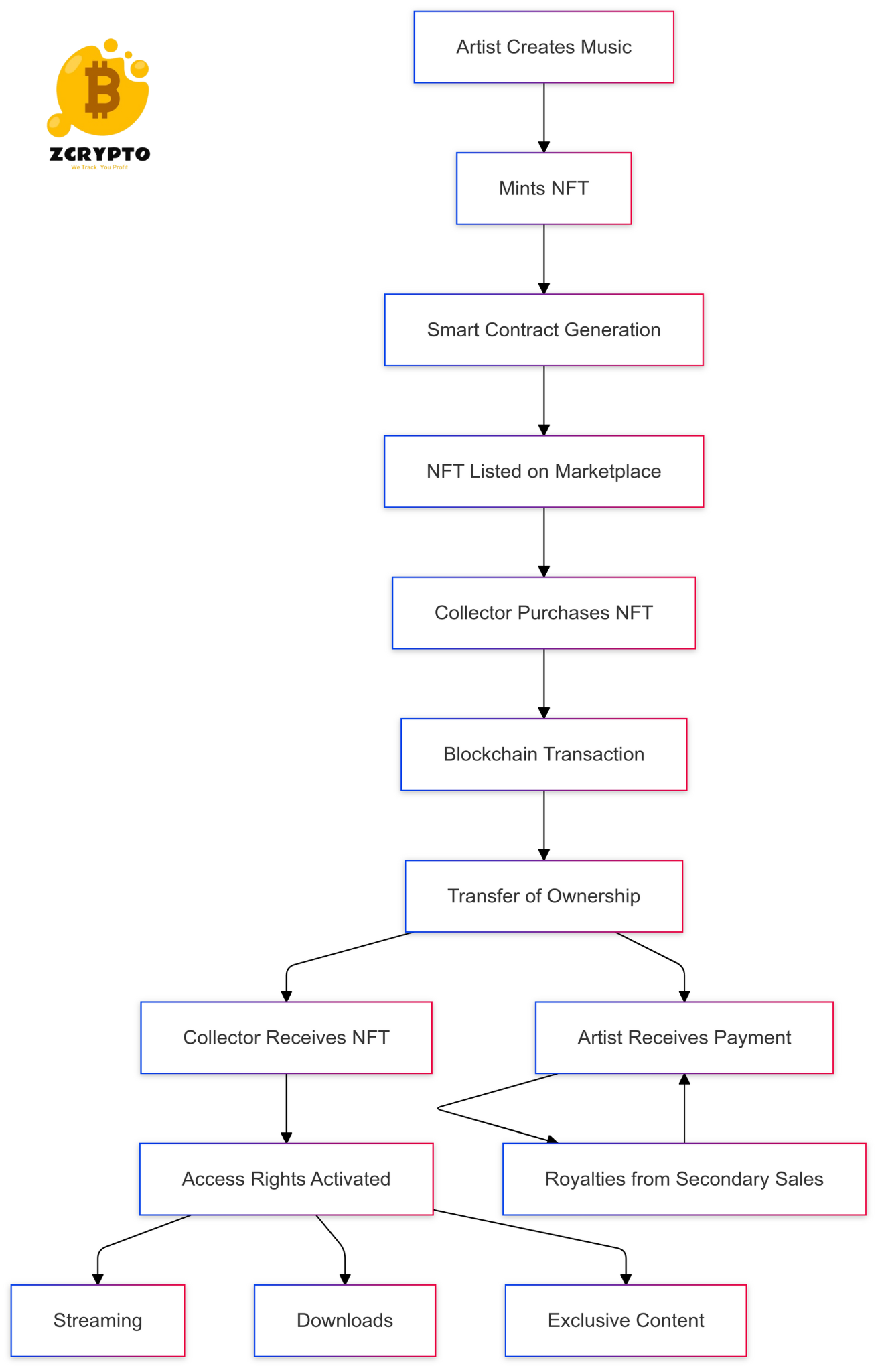





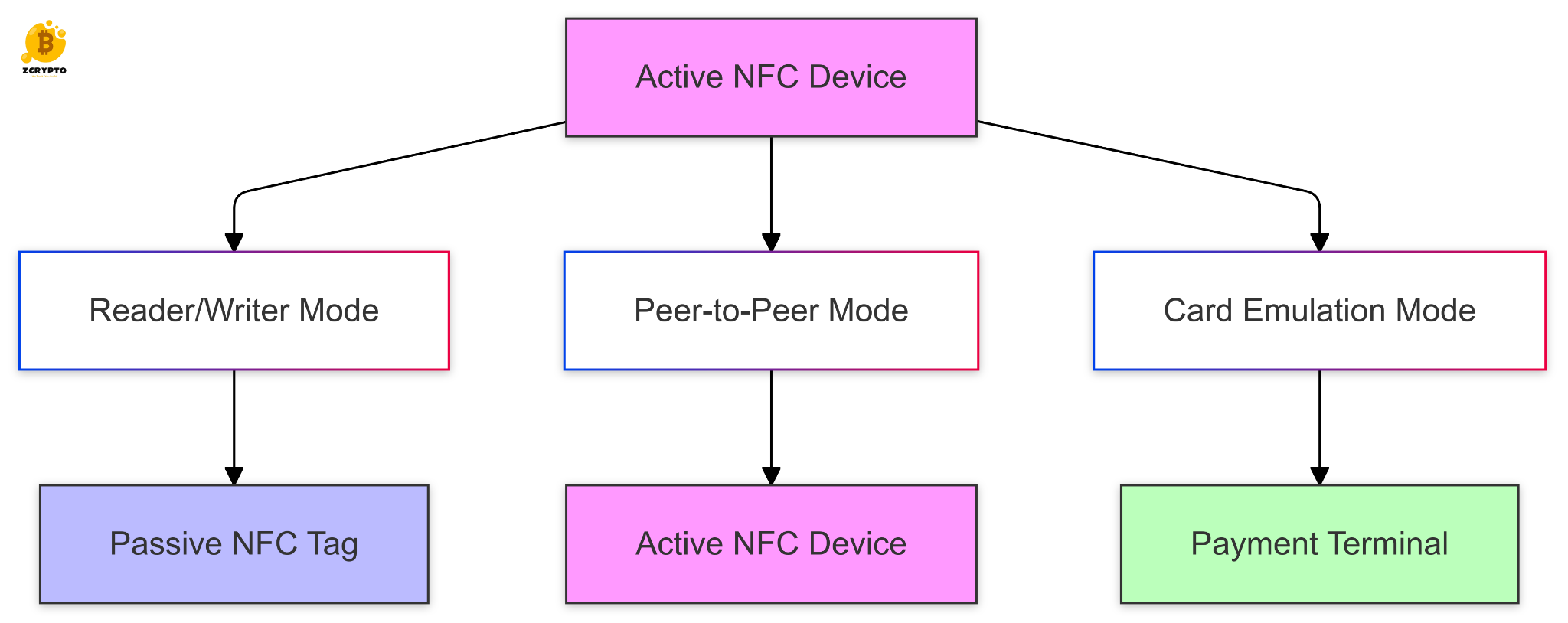




Leave a Reply